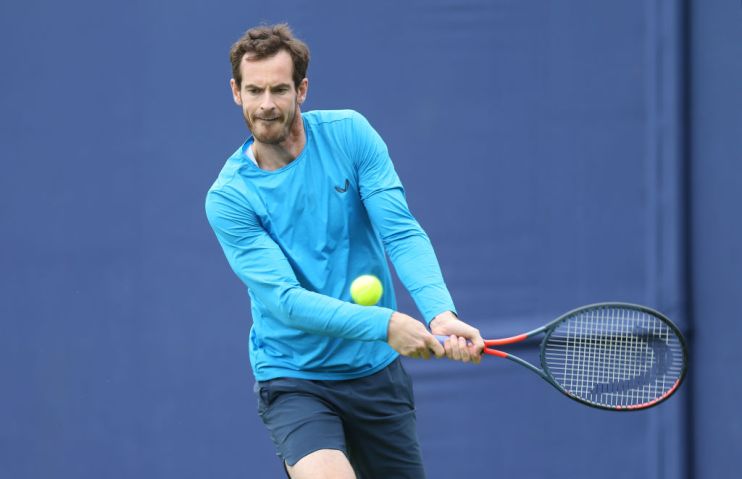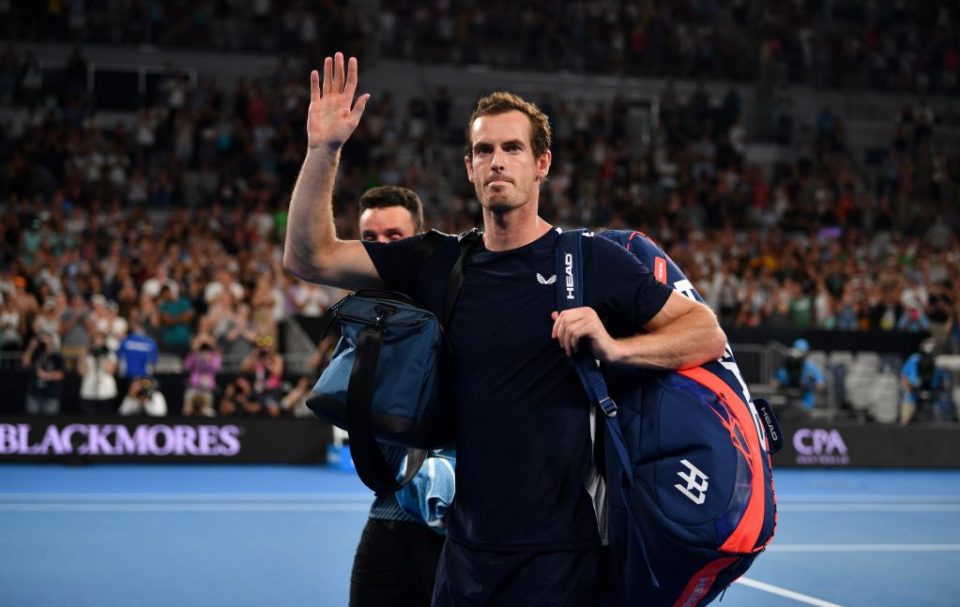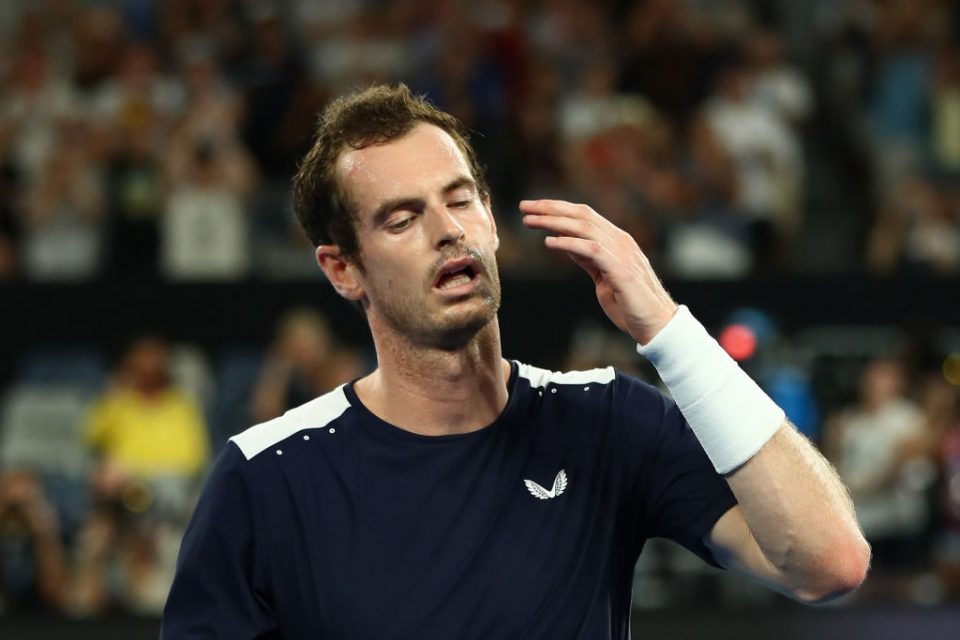Andy Murray Queen’s comeback: Hip expert warns of ‘very difficult’ road for former British No1

After 154 days without competitive tennis – a period which involved a much-discussed operation, extensive rehabilitation, plenty of pain, but also time with his family and friends – Andy Murray will make his long-awaited return at Queen’s Club next week.
It may come on the doubles court rather than the singles and may be in Kensington rather than Wimbledon, but following a near five-month hiatus the Fever-Tree Championships represent a significant, potentially make-or-break moment in Murray’s career.
The 32-year-old has often spoken of his desire to play at Wimbledon again – be it as a last hurrah or as the starting point of a new chapter in his career – and his run-out alongside Feliciano Lopez next week will provide the first indication of which it’s most likely to be.
Read more: Rugby set to enter new super-busy era
“I’m pretty relaxed about whether I got back onto a court competing again, or not,” he told Amazon Prime recently. “It would be nice to, but if I don’t I’m OK with that as well. If my match in Australia [in January] was my last one then it’d be a great one to finish on.”
Murray has long suffered with hip problems, with the injury hampering his performance increasingly in recent years. Having already had keyhole surgery in January 2018, the Scot decided after his epic five-set defeat by Roberto Bautista Agut in the first round of this year’s Australian Open to undergo another one in a last attempt to solve the problem.

On 29 January he took the plunge, undergoing a hip resurfacing procedure, which, unlike a conventional hip replacement, involves smoothing down the ball at the top of the thigh bone, covering it with a metal cap and putting another layer of metal in the pelvic socket to reduce friction. Since then it’s been a long road back for the three-time grand slam champion.
“The first six or seven weeks were pretty hard – it’s just uncomfortable and then trying to exercise through that as well isn’t particularly nice,” Murray explained.
“Then I’d probably say from weeks eight and nine it really started to go quite nicely and I’ve been able to do a lot of things I’ve not done for a really long time without pain, like playing golf and walking the dogs.”
Murray is now at a stage where he can do more than just walk the dogs, but hip specialist Dr Zameer Shah, a consultant orthopaedic surgeon at Guy’s and St Thomas’, says fans should temper their expectations.
“The metal bearing that he has allows him to be more adventurous in what he can do – he can hit it hard, jump on it and land on it,” he tells City A.M.
“But it’s very unusual for someone who’s had this operation to get back to elite level sport of any kind. It’s very difficult. That’s not to say it’s impossible.”

Murray said today that although he is “feeling good and pretty much pain free” it was “baby steps” for the time-being. Having chosen to ease himself in with doubles at Queen’s and Wimbledon as it is less physically demanding, he will also be encouraged by the experience of American doubles player Bob Bryan, who is back playing following a similar operation.
Dr Shah says hip-resurfacing procedures are usually done for young men with physically demanding jobs, such as policemen or firemen, but warns that elite sport is a level above in terms of hip movement. However, Murray does have many things going for him.
“He’s not an everyday patient,” says Shah. “He was an elite level athlete before – his muscles were primed and he was in the best physical condition he could be.
“He’s got the best physios, nutrition and daily exercises and he’s highly motivated. All these factors give him the best possible outcome.
“Even at four and a half months it’s incredible that he’s ready to get back to competitive tennis. That’s fantastic. Most people wouldn’t expect that – they’d say six months at the earliest – but he’s an elite athlete, so he’s got everything in position to allow him to return as quickly as possible.
“I’d be cautionary as to how far he’ll get, because he won’t be the same as when he was at his prime and I suspect he knows he’ll never get back to that level.”

After years of continual pain, struggles with putting on his socks and completing everyday tasks, Murray himself is realistic about his prospects. His time away from tennis has given him a new approach. If he can return to singles it will be on his own terms.
“If I do come back to play [singles] I’m going to have a completely different perspective on things for sure than what I had for most of my career,” Murray said.
“It will be very different and I’d want to enjoy it a lot more than what I did [before] and experience different things and not just concentrate on the winning and success.
“I’d be OK with not playing again as well.”
Queen’s, then, will be the tentative toe in the water before, hopefully, the full submergence – hips and all – at Wimbledon.